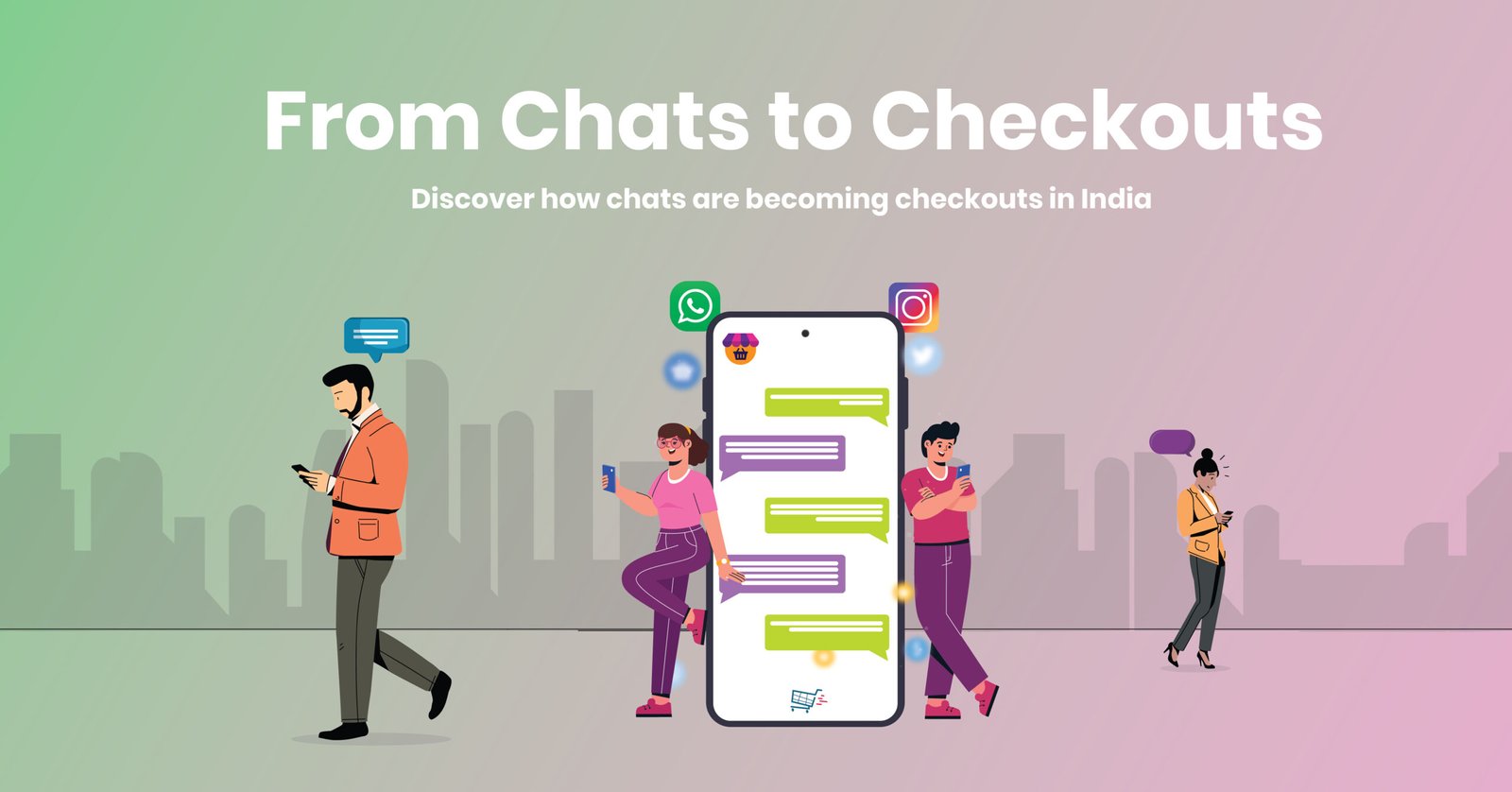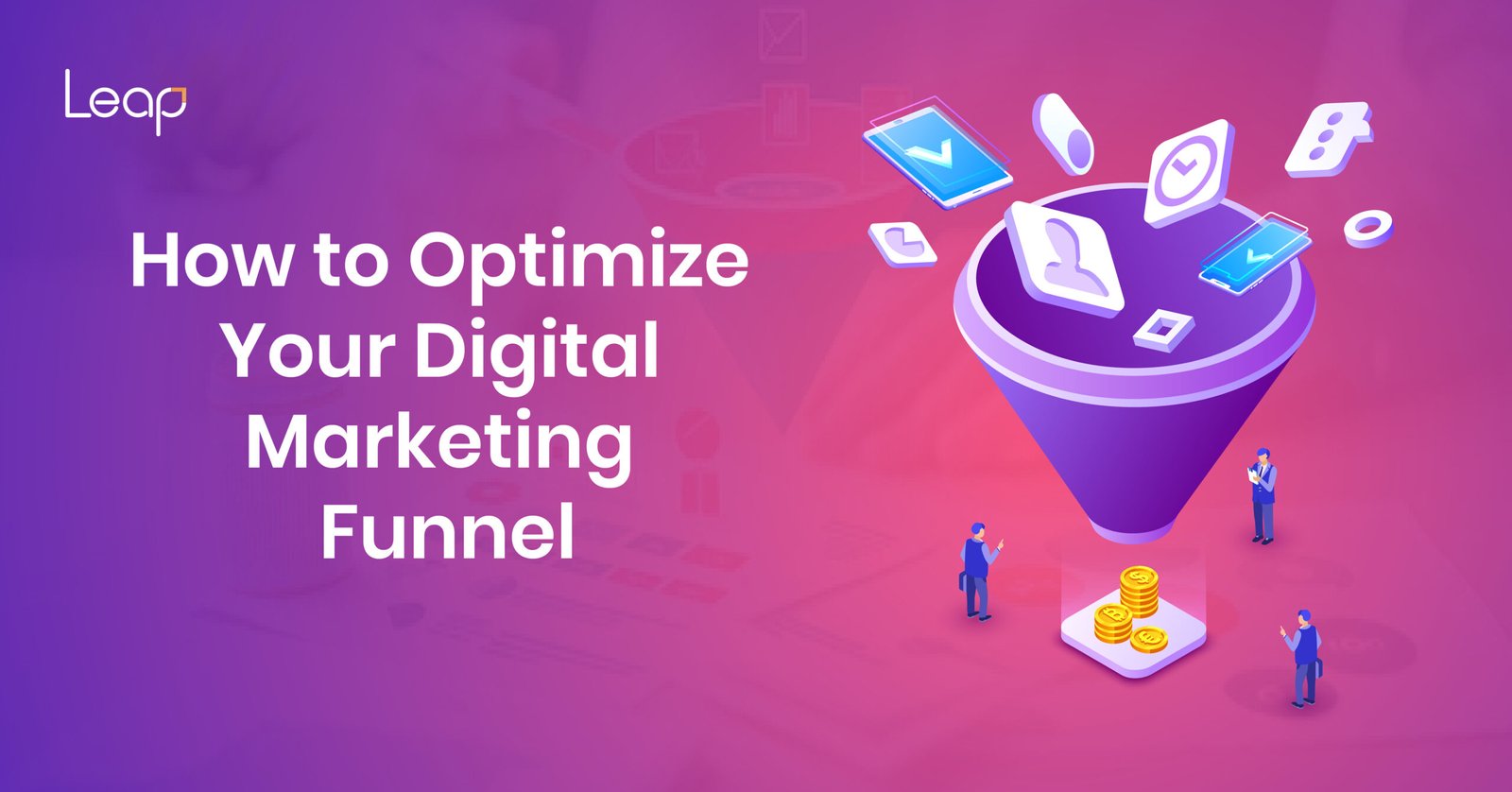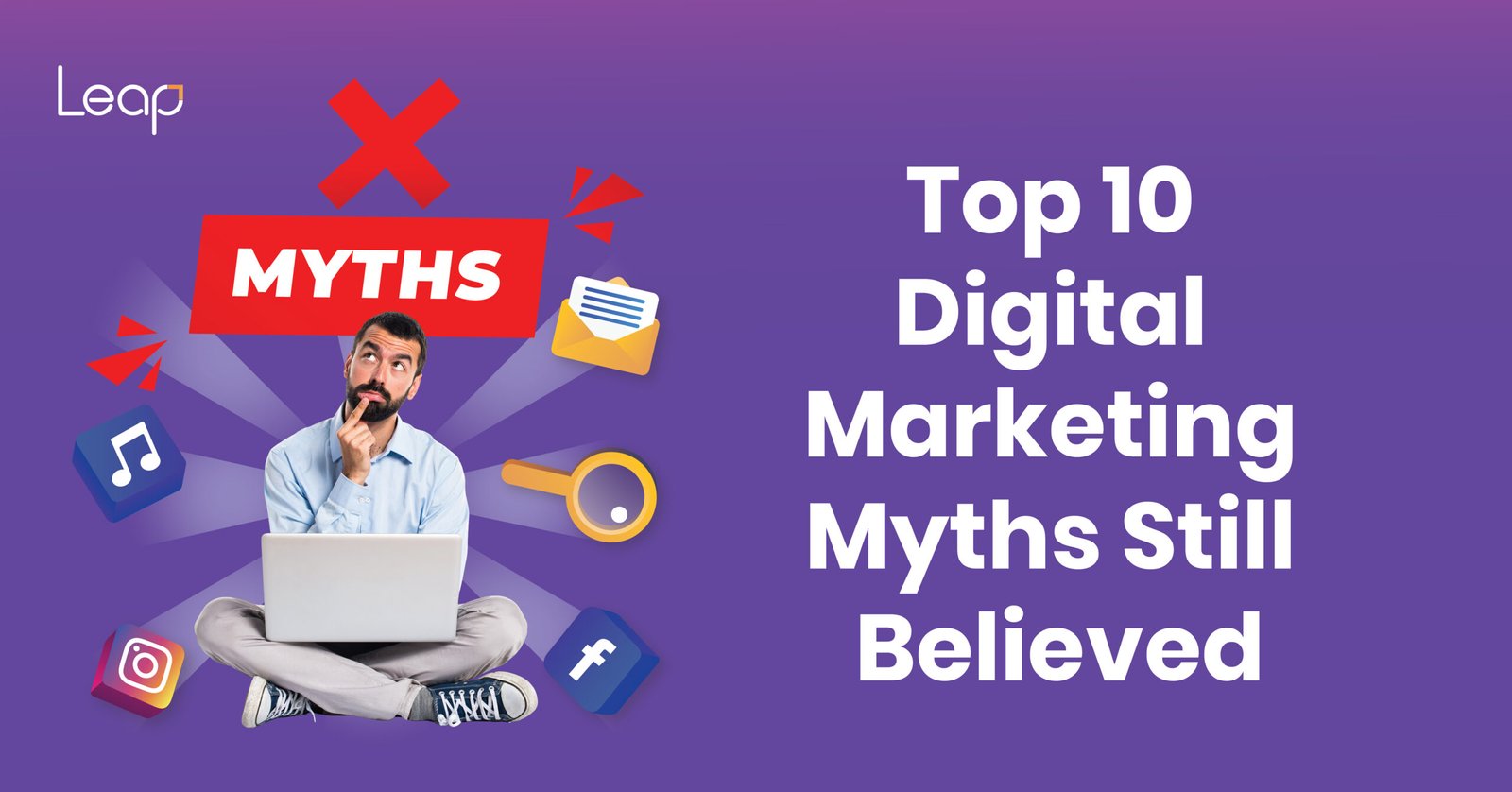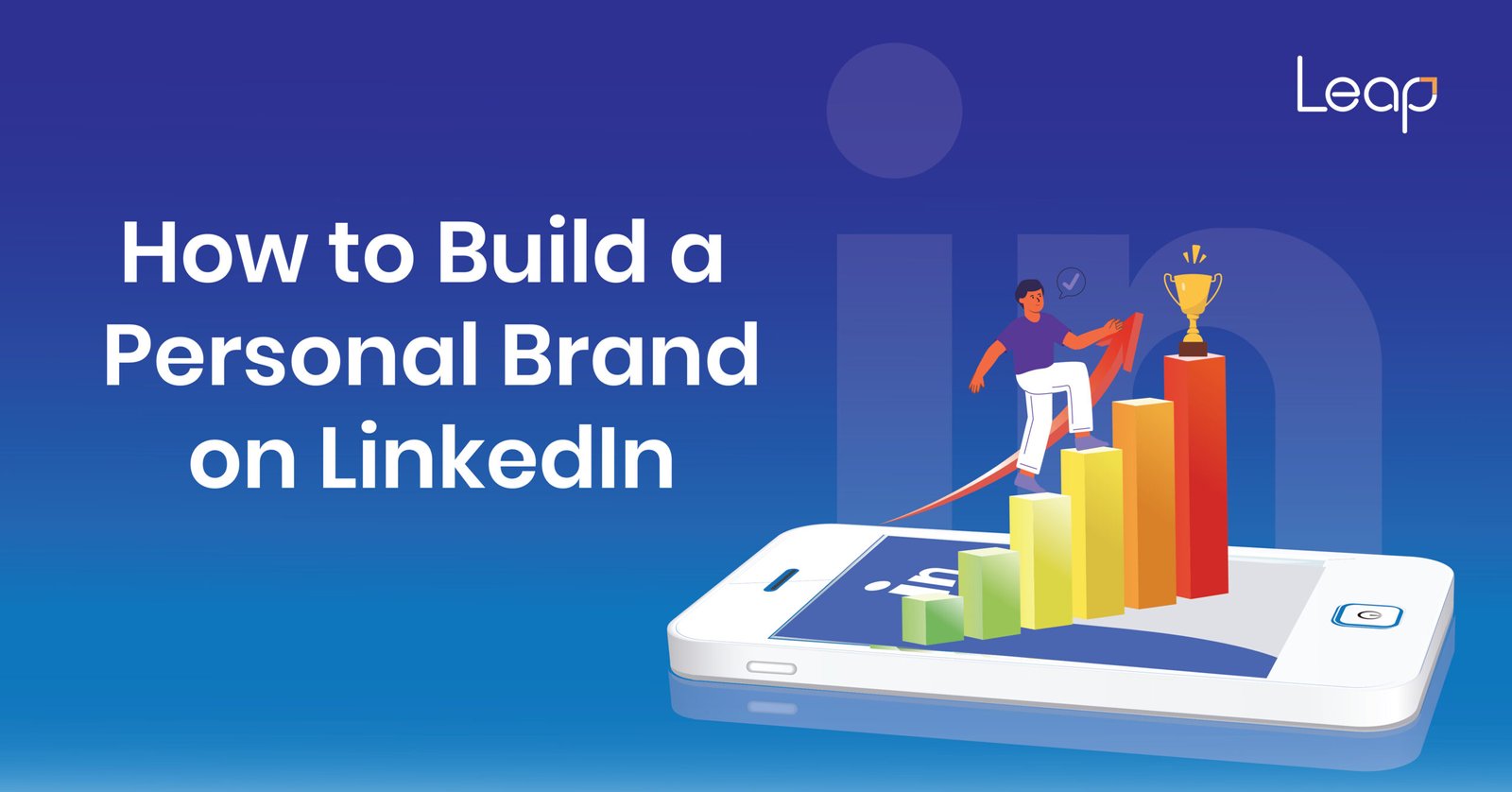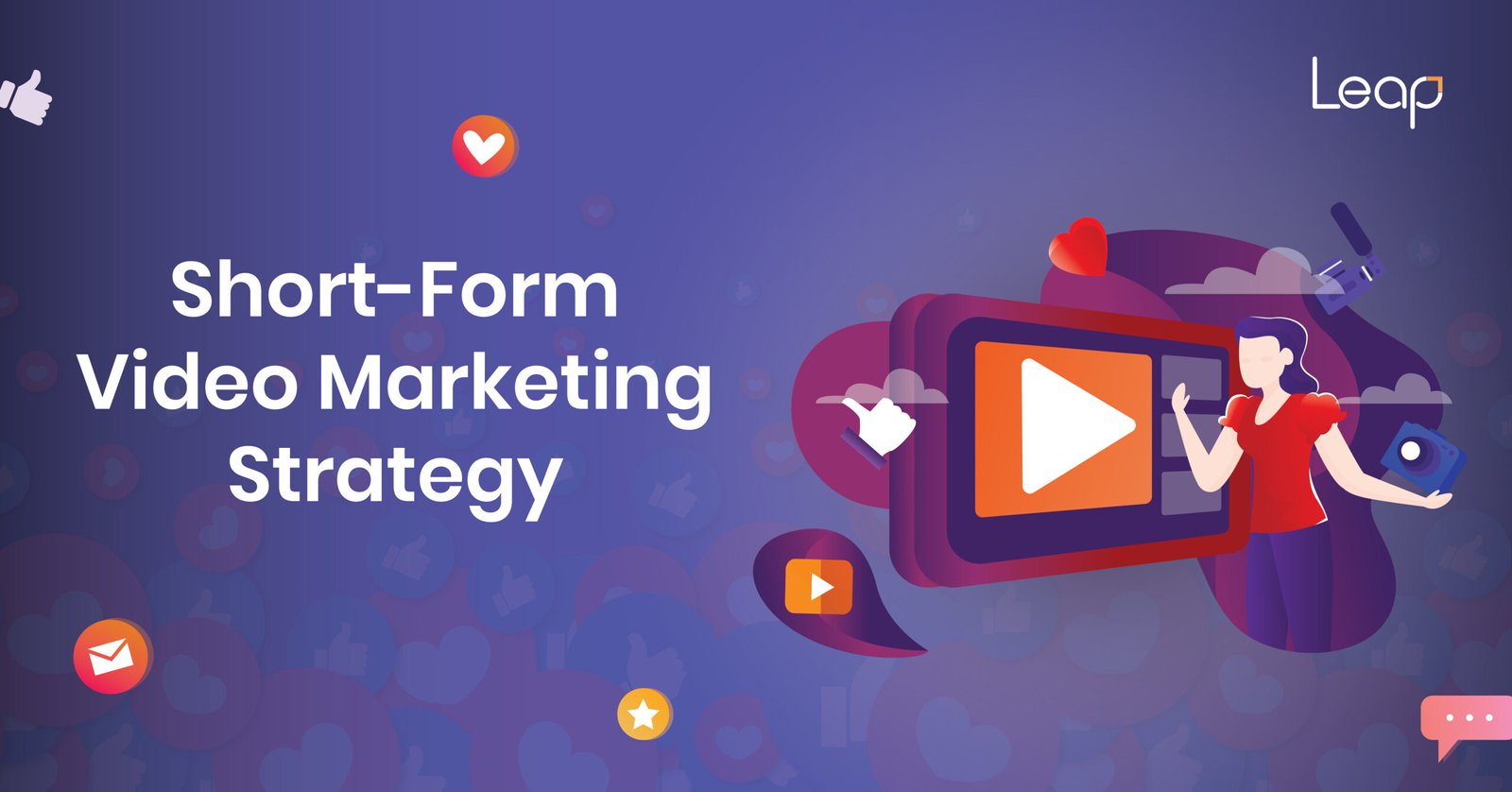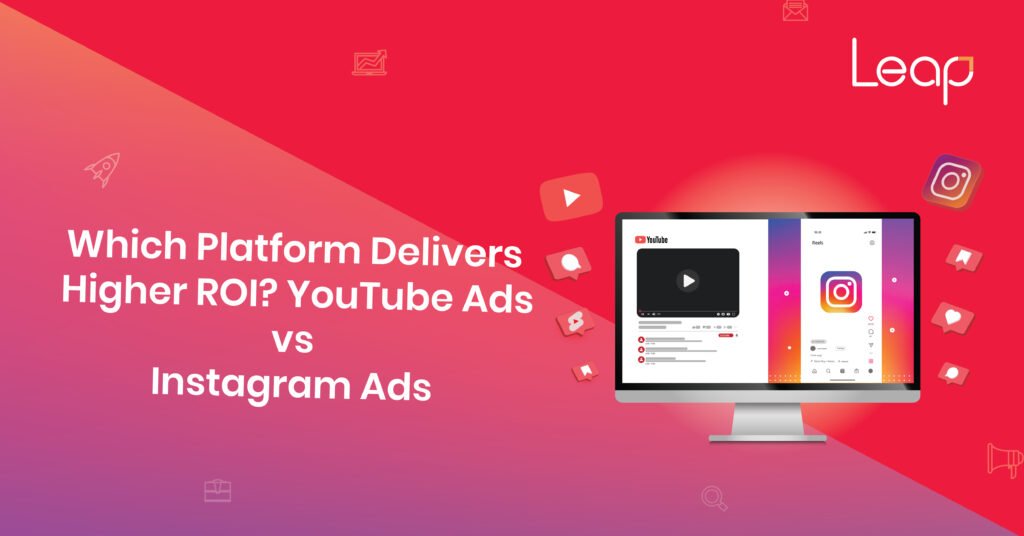
In the dynamic world of digital marketing, video content has emerged as a powerhouse for engaging audiences and driving business growth. For many companies, the question isn’t whether to use video ads, but where to place them for the greatest return on investment (ROI). Two platforms dominate the short-form video ad space: YouTube and Instagram Reels. While both offer a massive user base and powerful advertising tools, their ecosystems, user behaviors, and ad formats are fundamentally different.
Understanding these distinctions is crucial for marketers and business owners aiming to allocate their budgets effectively. This comprehensive guide will break down YouTube Ads and Instagram Reels Ads, comparing their strengths, weaknesses, and, most importantly, their potential ROI. By the end, you’ll have a clear understanding of which platform is better suited for your specific business objectives and how to maximize your ad spend on each.
A Deep Dive into YouTube Ads
YouTube, the undisputed king of long-form video, also offers a robust advertising platform that caters to a wide range of marketing goals. With over 2.5 billion monthly active users as of 2024, it’s the world’s second-largest search engine and a hub for diverse content, from educational tutorials to entertainment.
Types of YouTube Ads
YouTube’s ad formats are designed to fit seamlessly into the user experience, offering a variety of options for different campaign objectives.
- Skippable In-Stream Ads: These are the most common type of YouTube ad. They play before, during, or after a video and can be skipped by the viewer after 5 seconds. Advertisers only pay when a user watches at least 30 seconds of the ad (or the entire ad if it’s shorter than 30 seconds) or interacts with it. This model is highly effective for driving qualified views and conversions.
- Non-Skippable In-Stream Ads: These ads, which are 15 seconds or less, must be watched in their entirety before the video can be viewed. They are ideal for building brand awareness and ensuring your message is fully delivered to the audience, though they can be more expensive.
- In-Feed Video Ads: These ads appear on the YouTube homepage, search results pages, and alongside related videos. They consist of a thumbnail and a line of text, inviting users to click to watch. This format is excellent for targeting users who are actively searching for content related to your business.
- Bumper Ads: Short, six-second, non-skippable ads that play before a video. They are a cost-effective way to boost brand reach and awareness with a simple, memorable message.
- YouTube Shorts Ads: As YouTube’s answer to short-form video, these are a relatively new format that appear between organic Shorts videos. They are vertical, mobile-first ads that users can skip with a simple swipe.
Audience Targeting and Reach
YouTube’s targeting capabilities, powered by Google’s massive data ecosystem, are exceptionally precise. Advertisers can target audiences based on a variety of factors:
- Demographics: Age, gender, parental status, and household income.
- Interests: Users who have shown an interest in specific topics, such as beauty, technology, or finance.
- Keywords: Targeting videos and channels based on the keywords users search for.
- Custom Audiences: Using customer data (e.g., email lists) to target existing or similar audiences.
- Placement Targeting: Choosing specific channels, videos, or types of content where you want your ads to appear.
With a global reach of 2.5 billion users, YouTube offers unparalleled scale. India and the U.S. lead the charge, with 476 million and 238 million users respectively. The platform’s audience skews slightly male and is most active in the 25-34 age group, though it has a strong presence across all demographics.
A Deep Dive into Instagram Reels Ads
Instagram Reels, a direct competitor to TikTok, has rapidly grown into a major advertising channel. As of early 2025, over 2 billion Reels are played daily across Instagram and Facebook, and the format is now a central part of the platform’s algorithm.
What are Instagram Reels Ads?
Reels Ads are short, full-screen vertical video ads that appear between organic Reels in a user’s feed. They are designed to blend in seamlessly with organic content, making them feel less intrusive than traditional ads. Like organic Reels, they can be up to 90 seconds long, with users able to interact by liking, commenting, and sharing.
Audience Demographics and Engagement
Instagram’s user base is vast, with over 2 billion monthly active users. Reels have become the primary driver of engagement on the platform, receiving 22% more interaction than standard video posts. Key demographics for Instagram include:
- Gender: A near-equal split, with a slightly higher percentage of male users (51.8%) globally.
- Age: Reels are highly popular among Gen Z and Millennials, with the 18-34 age group making up the largest segment of Instagram’s audience.
- Content: Humorous, creative, and informative content performs best on Reels, which thrives on trending audio and visual effects.
The targeting capabilities for Instagram Reels Ads are managed through Meta Ads Manager, offering powerful options like:
- Core Audiences: Targeting based on age, gender, location, and interests.
- Custom Audiences: Retargeting people who have engaged with your brand on or off Instagram.
- Lookalike Audiences: Creating new audiences that share characteristics with your existing customers.
Comparing ROI: YouTube Ads vs. Instagram Reels Ads
Return on Investment (ROI) is the ultimate metric for any marketing campaign. When comparing YouTube Ads and Instagram Reels Ads, it’s essential to look beyond just the cost and consider the entire customer journey.
Cost Per Click (CPC) and Cost Per Thousand Impressions (CPM)
The cost of advertising on both platforms can vary widely based on your target audience, industry, and ad quality. However, general trends can be observed.
- YouTube Ads: CPC on YouTube is often higher than on Instagram due to its high-intent audience. A user searching for “how to fix a leaky faucet” on YouTube is a highly qualified lead for a plumbing business. On the other hand, CPM for YouTube can be lower for broad brand awareness campaigns.
- Instagram Reels Ads: Reels ads, particularly when they feel like organic content, can offer lower CPC and CPM rates. Data from early 2025 shows Reels ads having an average CPM around $4.29, with a CPLC (Cost Per Link Click) of around $1.21. This can make them a cost-effective option for top-of-funnel brand awareness and engagement.
Engagement Rates
Engagement is a key indicator of a campaign’s health, but what constitutes “good” engagement differs on each platform.
- YouTube Ads: Engagement on YouTube often focuses on “views” (a paid view is when a user watches at least 30 seconds or interacts) and “view-through conversions.” A typical view rate for skippable in-stream ads is between 10-15%, with conversion rates depending heavily on the call to action (CTA).
- Instagram Reels Ads: Reels ads thrive on native engagement metrics like likes, shares, comments, and saves. The average engagement rate for Reels ads can be significantly higher than other formats, averaging around 3.2%. While this can be fantastic for brand building, it’s crucial to connect this engagement to a business outcome.
Conversion Rates and Lead Generation
This is where the distinction between the two platforms becomes most apparent.
- YouTube Ads: Because YouTube is an intent-based platform, it excels at driving bottom-of-funnel conversions. Users are often in a more active research or purchase mindset. For instance, a person watching a video review of a product is much closer to a purchase than someone mindlessly scrolling through their Instagram feed. This can lead to a higher conversion rate for direct sales and lead generation campaigns.
- Instagram Reels Ads: Reels ads are better suited for top-of-funnel goals. Their primary strength lies in discovery and brand building. They are highly effective at introducing a product or brand to a new audience, generating buzz, and driving brand-related searches and traffic. While they can drive conversions, their strength is often in the initial stages of the customer journey. A case study by a CPG brand showed that adding Reels ads to their campaign led to a 93% increase in incremental purchase intent, even if the final conversion happened elsewhere.
Case Studies and Real-World Examples
To illustrate the differences, let’s look at two hypothetical scenarios.
Case Study 1: The E-commerce Apparel Brand
“Urban Threads,” an online fashion brand targeting young adults, wanted to increase both brand awareness and direct sales for a new product line.
- YouTube Ads Strategy: They created a series of long-form, 60-second in-stream ads showcasing the new clothing line. They targeted users who watched videos from fashion influencers and those who searched for style tutorials.
- ROI Analysis: The YouTube campaign delivered a lower CPC than their other channels, but the view-through conversion rate for sales was high. The audience they reached was highly engaged, and many of the users who converted had watched more than 50% of the ad.
- Instagram Reels Ads Strategy: Concurrently, they ran a Reels campaign using short, energetic videos featuring user-generated content (UGC) and trending audio. The ads were designed to look like organic Reels, with a clear CTA to “Shop Now.”
- ROI Analysis: The Reels campaign generated a massive number of impressions and a high engagement rate (likes and saves). The click-through rate was slightly lower than YouTube’s, but the cost per acquisition (CPA) for new customer sign-ups (for a 10% discount) was significantly lower, proving its effectiveness for brand discovery and lead generation.
Case Study 2: The SaaS Company
“TaskFlow,” a B2B software company, aimed to generate high-quality leads for its project management tool.
- YouTube Ads Strategy: They ran skippable in-stream ads that targeted professionals in specific industries and job titles. The ads focused on pain points and how their software solved them, with a clear CTA to “Get a Free Demo.”
- ROI Analysis: While the initial cost was higher, the conversion rate from an ad click to a completed demo request was exceptional. YouTube’s precise targeting allowed them to reach decision-makers directly, resulting in a high ROI for their lead generation efforts.
- Instagram Reels Ads Strategy: They tested a Reels campaign with short, humorous videos that used relatable office scenarios to highlight the need for better project management. The CTA directed users to a landing page to download a free whitepaper.
- ROI Analysis: The campaign generated a large number of whitepaper downloads at a very low cost. However, the conversion rate from a download to a qualified lead was lower than the YouTube campaign. The Reels ad was excellent for top-of-funnel awareness and content distribution, but YouTube was the clear winner for bottom-of-funnel lead generation.
Best Practices for Maximizing ROI
The key to a successful video advertising strategy is not choosing one platform over the other but understanding how to use each one to its full potential.
1. Tailor Your Creative Content
One size does not fit all. For YouTube, invest in higher-quality, storytelling-based ads that can hold attention for longer durations. For Instagram Reels, focus on creating authentic, fast-paced, and engaging content that feels native to the feed. Use trending audio and visually appealing transitions.
2. A/B Testing is Non-Negotiable
You must test different ad creatives, copy, CTAs, and even audience segments on both platforms. A/B testing helps you understand what resonates most with your audience and allows you to refine your strategy for a better ROI.
3. Leverage Audience Signals and First-Party Data
Both platforms are increasingly reliant on advertisers providing high-quality audience data. Use customer match lists on YouTube and custom audiences on Instagram to give the algorithms a strong starting point. This is the secret to a high ROI.
4. Align with Business Goals
Don’t just chase vanity metrics. For brand awareness, an Instagram Reels campaign with a high engagement rate might be a huge success. For direct sales, a YouTube campaign with a lower CPC but a higher conversion rate to sales is the clear winner. Your definition of ROI should be tied directly to your business objectives.
5. Utilize Retargeting Strategies
Use both platforms in tandem. Run a brand awareness campaign on Instagram Reels to introduce your product to a new audience. Then, retarget those users with a direct response ad on YouTube, where they are more likely to be in a purchasing mindset. This full-funnel approach can dramatically boost your overall ROI.
A seamless digital marketing strategy is critical for success in this competitive landscape. Our team at Leap Marcom specializes in crafting data-driven campaigns that maximize ROI across all your advertising channels, from YouTube to Instagram and beyond. To get more insights and to explore how we can help your business, visit our website at www.leapmarcom.com.
Conclusion: A Strategic Approach to Video Advertising
In the battle of YouTube Ads vs. Instagram Reels Ads, there is no single winner for “better ROI.” The superior platform depends entirely on your specific business goals.
Choose YouTube Ads
If your primary goal is bottom-of-funnel conversion, such as driving high-quality leads, direct sales, or targeted traffic to a specific offer. Its intent-based targeting and user behavior make it ideal for capturing an audience that is actively searching for a solution.
Choose Instagram Reels Ads
If your focus is on top-of-funnel brand awareness, discovery, and building a highly engaged community. Its algorithm-driven nature and focus on trending, authentic content make it a powerful tool for reaching new audiences and generating buzz at a potentially lower cost.
For the most effective strategy, consider a synergistic approach. Use the strengths of each platform in a coordinated effort to guide your audience through the entire marketing funnel, from initial awareness to final conversion.
To truly master the nuances of these platforms and build a strategy that delivers exceptional ROI, you need a partner with deep expertise.
To get a better understanding of how a reel ad campaign can work, you can watch this video.



